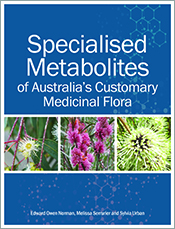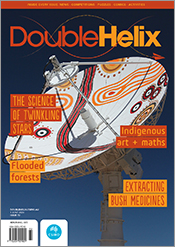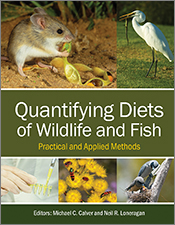Introduction to Voltammetric Analysis
Theory and Practice
By: Francis G Thomas, Gunter HenzePresents the basic concepts and principles in an easy-to-read manner, with practical applications from multiple disciplines.
Voltammetric methods are among the most sensitive and versatile available to the analytical chemist. They can identify and quantify substances from simple metal ions, through to complex organic molecules. The concentration range spans 9 orders of magnitude and, in many cases, trace level analyses of surface waters and body fluids can be performed with little or no pre-treatment of the sample is required. + Full description
In this text the basic concepts and principles are presented in an easy-to-read manner. Practical aspects are discussed and an overview of the electrochemistry of the elements and of organic functional groups is interspersed with 27 tested applications described in detail.
The techniques covered expand its application out into other disciplines apart from chemistry, such as botany, zoology and soil science.
- Short descriptionNews
No longer available in a print edition.
Reviews
“The text is clear and concise and is both well written and well referenced. This is a more than useful addition to the electrochemical literature.”
Stephen Best (Chemistry in Australia 69(7) August 2002)
“… particularly useful to libraries at undergraduate institutions where analytical chemistry is taught.”
A Fry, Wesleyan University, USA (CHOICE v.40 no.2 October 2002)
Contents
ForewordPreface
Introduction
Techniques
Stripping analysis
Practical aspects
Flow-through techniques
Applications: inorganic species
Applications: organic species
Appendices
Index








